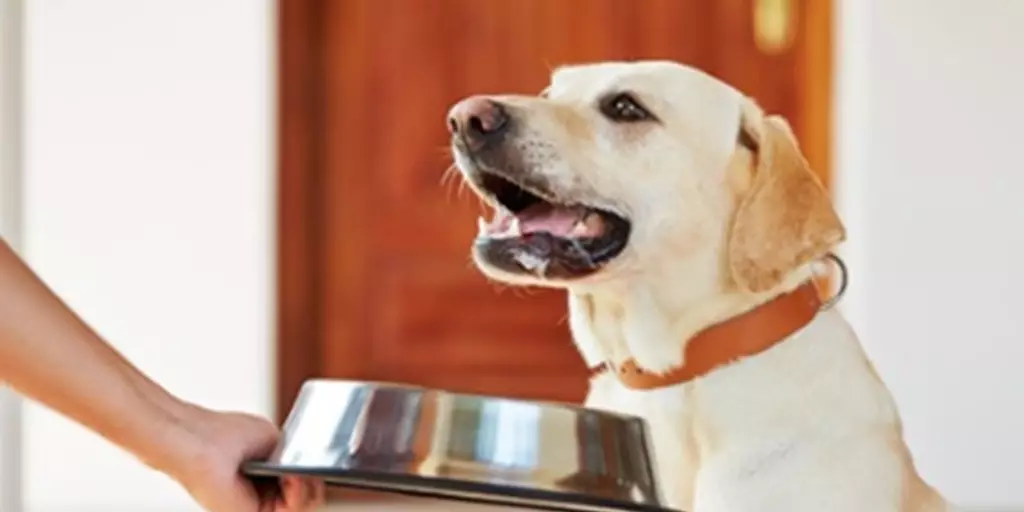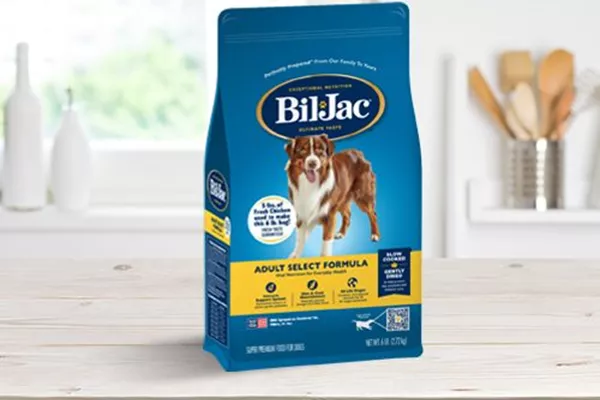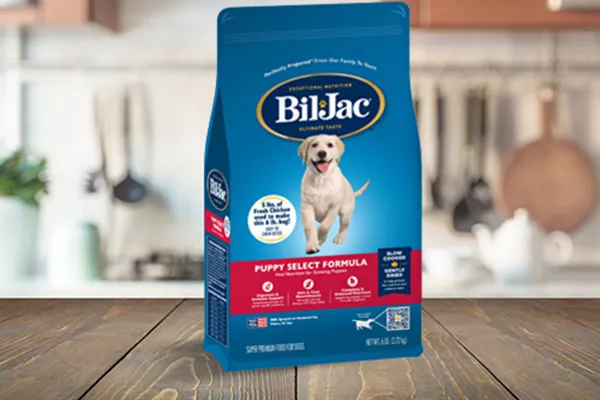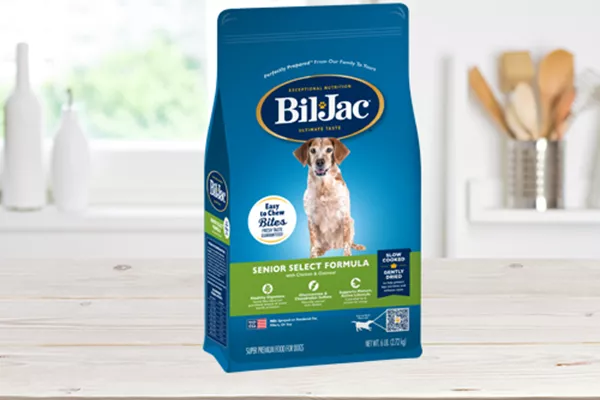Eating habits will vary from dog to dog. Some dogs eat for the sole purpose of sustaining life while other dogs devour anything put in their bowl. Regardless of eating style, finishing meals on a regular basis is important for maintaining your dog’s health.
However, dogs can be picky eaters. Typically a picky dog is defined as one that does not consume all of their meal at least once a day. These dogs may be missing out on key nutrients needed to maintain a long and healthy life. To encourage healthy eating, we’ve outlined three simple ways to build good nutritional habits:
1. Start Early & Stick to a Schedule
Have a feeding plan in mind prior to bringing home your best friend and ensure that everyone in your household sticks to the plan. One person should not feed from the table while the other follows the rules as this can confuse the dog and cause pickiness. Consistency will help your dog develop good and regular eating habits.
Keeping to a schedule also helps build healthy eating habits. Bil-Jac recommends feeding adult dogs either once a day or twice a day. Be sure to follow the feeding guidelines on your bag of food to determine how much to feed. If you feed your dog twice a day, divide the daily recommendation in half. Make sure that you are feeding your furry friend the same amount of food at roughly the same time of day.
Measuring your dog’s food every day will help you to control the calories they eat. If you have a more active dog, you may need to adjust that amount up slightly. Or if you have more of a laid-back pooch, you may need to lower the amount you feed daily based on your dog’s body condition. If you need help, learn more about assessing your dog’s condition.
2. Avoid Feeding from the Table
There’s a good chance your dog may also have an interest in table food. If you start feeding your dog from the table, they may hold-out during their mealtimes and instead wait for more desirable options off of your plate. Your dog should only be eating from his or her food bowl.
Feeding directly from the table can also reinforce bad behaviors such as begging or jumping up on the table to grab food. If you begin to give them table food they will start believing your food is theirs as well. By keeping these two separate, you will be able to eliminate confusion. Better yet, remove all table food from your pup’s diet and only give treats if your pup ate his or her meal in full.
Health problems can also arise from adding table food to your dog’s diet. According to the Association for Pet Obesity Prevention, 53% of US dogs are overweight. The extra calories dogs consume from eating table food can easily translate into unwanted pounds. Again, it is better to be consistent and stick to dry or canned dog food.
3. Find a Dog Food and Stick With It
It’s important that you find a nutritious food your dog likes to eat, that is appropriate to your dog’s lifestyle, age or condition, and some brands are more appetizing than others. Switching food often, however, can lead to confusion and rejection. Choose a super-premium brand that uses more real chicken or meat ingredients, both for outstanding nutrition and delicious taste.
It order to help your best friend benefit from a nutritionally complete and balanced diet, minimize human food and be sure they are eating a food specially designed for their needs. When they don’t eat, or if they have something new and unusual, it can have a negative impact on their body and their taste. By following these simple guidelines, you can develop healthy eating habits for life.



